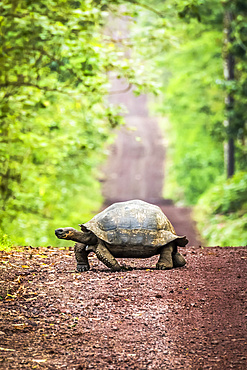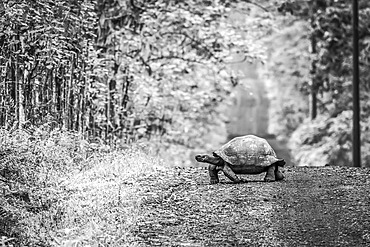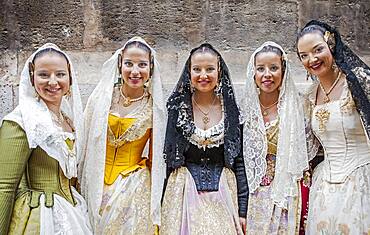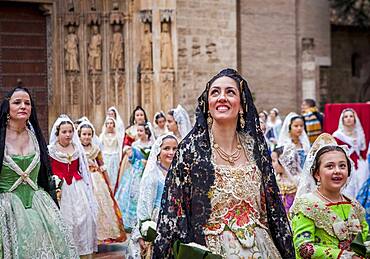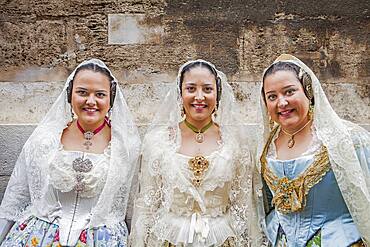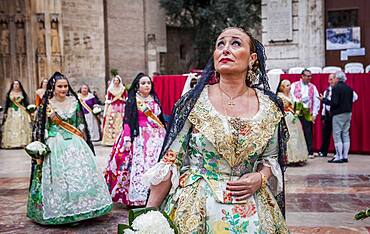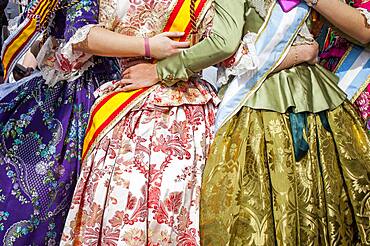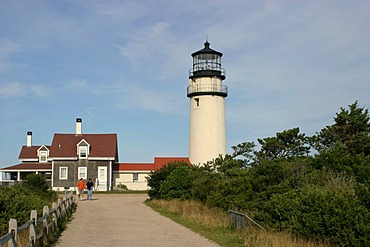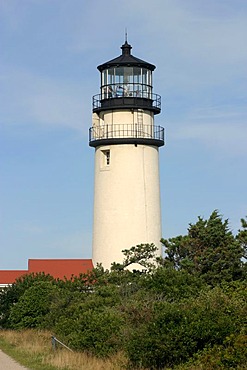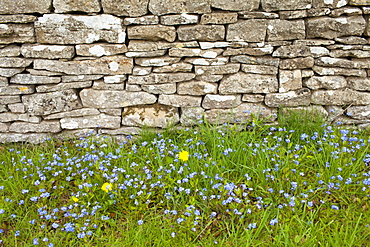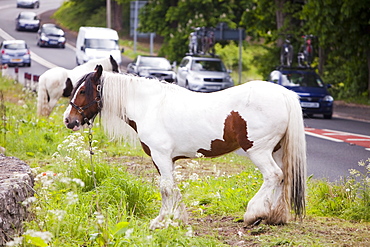Recent searches
Loading...
1116-51733 - Galapagos giant tortoise (Chelonoidis nigra) lumbers slowly across a long, straight dirt road that stretches off to the horizon. Beyond the grass verge, there is dense forest on either side; Galapagos Islands, Ecuador
1116-51734 - Galapagos giant tortoise (Chelonoidis nigra) lumbers slowly across a long, straight dirt road that stretches off to the horizon. Beyond the grass verge, there is dense forest on either side; Galapagos Islands, Ecuador
1116-51272 - A Galapagos tortoise (Geochelone nigrita) lumbers slowly across a long, straight dirt road that stretches off to the horizon. Beyond the grass verge, there is dense forest on either side. Shot with a Nikon D810 in the Galapagos Islands; Galapagos Islands, Galapagos, Ecuador
1113-105719 - A woman in a black, white-rimmed hat, her back to the camera, rests on the side of a pool with an ocean view. Antigua, West Indies.
1113-105715 - Woman in white bathing suit, sitting with her back to the camera, on the edge of an interior pool. Bath, United Kingdom
1350-2688 - Verges, a small town in the Northeast of Catalonia (Spain), during Easter celebrates the Procession of Verges with skeletons dancing on the sound of a drum, Roman soldiers, known as the 'Manages', and a representation of the life and crucifixion of Jesus Christ. The Procession features the Dance of Death, a tradition from the Middle Age associated with epidemics and plagues and the only one remaining in Spain Ten skeletons dance to the beat of a drum to remember that no one is exempt of death. The backdrop of the medieval walls and towers of Verges is key to this macabre staging.
1350-2693 - Verges, a small town in the Northeast of Catalonia (Spain), during Easter celebrates the Procession of Verges with skeletons dancing on the sound of a drum, Roman soldiers, known as the 'Manages', and a representation of the life and crucifixion of Jesus Christ. The Procession features the Dance of Death, a tradition from the Middle Age associated with epidemics and plagues and the only one remaining in Spain Ten skeletons dance to the beat of a drum to remember that no one is exempt of death. The backdrop of the medieval walls and towers of Verges is key to this macabre staging.
1350-2692 - Verges, a small town in the Northeast of Catalonia (Spain), during Easter celebrates the Procession of Verges with skeletons dancing on the sound of a drum, Roman soldiers, known as the 'Manages', and a representation of the life and crucifixion of Jesus Christ. The Procession features the Dance of Death, a tradition from the Middle Age associated with epidemics and plagues and the only one remaining in Spain Ten skeletons dance to the beat of a drum to remember that no one is exempt of death. The backdrop of the medieval walls and towers of Verges is key to this macabre staging.
1350-2695 - Verges, a small town in the Northeast of Catalonia (Spain), during Easter celebrates the Procession of Verges with skeletons dancing on the sound of a drum, Roman soldiers, known as the 'Manages', and a representation of the life and crucifixion of Jesus Christ. The Procession features the Dance of Death, a tradition from the Middle Age associated with epidemics and plagues and the only one remaining in Spain Ten skeletons dance to the beat of a drum to remember that no one is exempt of death. The backdrop of the medieval walls and towers of Verges is key to this macabre staging.
1350-2690 - Verges, a small town in the Northeast of Catalonia (Spain), during Easter celebrates the Procession of Verges with skeletons dancing on the sound of a drum, Roman soldiers, known as the 'Manages', and a representation of the life and crucifixion of Jesus Christ. The Procession features the Dance of Death, a tradition from the Middle Age associated with epidemics and plagues and the only one remaining in Spain Ten skeletons dance to the beat of a drum to remember that no one is exempt of death. The backdrop of the medieval walls and towers of Verges is key to this macabre staging.
1350-2691 - Verges, a small town in the Northeast of Catalonia (Spain), during Easter celebrates the Procession of Verges with skeletons dancing on the sound of a drum, Roman soldiers, known as the 'Manages', and a representation of the life and crucifixion of Jesus Christ. The Procession features the Dance of Death, a tradition from the Middle Age associated with epidemics and plagues and the only one remaining in Spain Ten skeletons dance to the beat of a drum to remember that no one is exempt of death. The backdrop of the medieval walls and towers of Verges is key to this macabre staging.
1350-2687 - Verges, a small town in the Northeast of Catalonia (Spain), during Easter celebrates the Procession of Verges with skeletons dancing on the sound of a drum, Roman soldiers, known as the 'Manages', and a representation of the life and crucifixion of Jesus Christ. The Procession features the Dance of Death, a tradition from the Middle Age associated with epidemics and plagues and the only one remaining in Spain Ten skeletons dance to the beat of a drum to remember that no one is exempt of death. The backdrop of the medieval walls and towers of Verges is key to this macabre staging.
1350-2689 - Verges, a small town in the Northeast of Catalonia (Spain), during Easter celebrates the Procession of Verges with skeletons dancing on the sound of a drum, Roman soldiers, known as the 'Manages', and a representation of the life and crucifixion of Jesus Christ. The Procession features the Dance of Death, a tradition from the Middle Age associated with epidemics and plagues and the only one remaining in Spain Ten skeletons dance to the beat of a drum to remember that no one is exempt of death. The backdrop of the medieval walls and towers of Verges is key to this macabre staging.
1350-2696 - Verges, a small town in the Northeast of Catalonia (Spain), during Easter celebrates the Procession of Verges with skeletons dancing on the sound of a drum, Roman soldiers, known as the 'Manages', and a representation of the life and crucifixion of Jesus Christ. The Procession features the Dance of Death, a tradition from the Middle Age associated with epidemics and plagues and the only one remaining in Spain Ten skeletons dance to the beat of a drum to remember that no one is exempt of death. The backdrop of the medieval walls and towers of Verges is key to this macabre staging.
1350-2697 - Verges, a small town in the Northeast of Catalonia (Spain), during Easter celebrates the Procession of Verges with skeletons dancing on the sound of a drum, Roman soldiers, known as the 'Manages', and a representation of the life and crucifixion of Jesus Christ. The Procession features the Dance of Death, a tradition from the Middle Age associated with epidemics and plagues and the only one remaining in Spain Ten skeletons dance to the beat of a drum to remember that no one is exempt of death. The backdrop of the medieval walls and towers of Verges is key to this macabre staging.
1350-2694 - Verges, a small town in the Northeast of Catalonia (Spain), during Easter celebrates the Procession of Verges with skeletons dancing on the sound of a drum, Roman soldiers, known as the 'Manages', and a representation of the life and crucifixion of Jesus Christ. The Procession features the Dance of Death, a tradition from the Middle Age associated with epidemics and plagues and the only one remaining in Spain Ten skeletons dance to the beat of a drum to remember that no one is exempt of death. The backdrop of the medieval walls and towers of Verges is key to this macabre staging.
1350-1609 - Women in Fallera Costumes during Flower offering parade, tribute to `Virgen de los desamparados��, Fallas festival, Plaza de la Virgen square,Valencia
1350-1603 - Women in Fallera Costumes,in the roof of town hall, Fallas festival,Valencia
1350-1605 - After seeing the Virgin, woman and men in Fallero Costumes crying during Flower offering parade, tribute to `Virgen de los desamparados��, Fallas festival, Plaza de la Virgen square,Valencia
1350-1613 - woman looks with emotion the Virgin during flower offering parade,People with Floral tributes to `Virgen de los desamparados��, Fallas festival, Plaza de la Virgen square,Valencia
1350-1607 - Women in Fallera Costumes during Flower offering parade, tribute to `Virgen de los desamparados��, Fallas festival, Plaza de la Virgen square,Valencia
1350-1606 - Women in Fallera Costumes during Flower offering parade, tribute to `Virgen de los desamparados��, Fallas festival, Plaza de la Virgen square,Valencia
1350-1614 - woman looks with emotion the Virgin during flower offering parade,People with Floral tributes to `Virgen de los desamparados��, Fallas festival, Plaza de la Virgen square,Valencia
1350-1615 - Men placing flower offerings on large wooden replica statue of Virgen de los Desamparados, Fallas festival,Plaza de la Virgen square,Valencia
1350-1608 - Detail, women in Fallera Costumes during Flower offering parade, tributes to `Virgen de los desamparados��, Fallas festival, Plaza de la Virgen square,Valencia
1350-1604 - After seeing the Virgin, women in Fallera Costumes crying during Flower offering parade, tribute to `Virgen de los desamparados��, Fallas festival, Plaza de la Virgen square,Valencia
1350-1610 - Women in Fallera Costumes during Flower offering parade, tribute to `Virgen de los desamparados��, Fallas festival, Plaza de la Virgen square,Valencia
1350-1602 - Dress Detail, during flower offering parade, tribute to `Virgen de los desamparados��, Fallas festival,Plaza de la Virgen square,Valencia
1350-1611 - Women placing flower offerings on large wooden replica statue of Virgen de los Desamparados, Fallas festival,Plaza de la Virgen square,Valencia
989-325 - Common spotted orchids (Dactylorhiza fuchsii) and rough hawkbit (Leontodon hispidus) on the verge of track, Marlborough Downs, Wiltshire, England, United Kingdom, Europe
832-337094 - Highland Light (Cape Cod Light). The station was established in 1797, the present buildings date from 1857. At that time, the lighthouse was still 150m away from the 40m cliffs, but continuing erosion imperiled the location. At the end of the 20th century
832-337093 - Highland Light (Cape Cod Light). The station was established in 1797, the present buildings date from 1857. At that time, the lighthouse was still 150m away from the 40m cliffs, but continuing erosion imperiled the location. At the end of the 20th century
832-337089 - Highland Light (Cape Cod Light). The station was established in 1797, the present buildings date from 1857. At that time, the lighthouse was still 150m away from the 40m cliffs, but continuing erosion imperiled the location. At the end of the 20th century
1161-6059 - Tulips, Tulipa, spring flowers in the Cotswolds, Oxfordshire, UK
1161-6404 - Traditional snow scene with Toyota pick-up truck in The Cotswolds, Swinbrook, Oxfordshire, United Kingdom
1161-6403 - Traditional snow scene in a typical Cotswolds village, Swinbrook, Oxfordshire, United Kingdom
1161-6415 - Country lane in deep snow in The Cotswolds, Swinbrook, Oxfordshire, United Kingdom
1161-6411 - Traditional snow scene in a country lane in The Cotswolds, Swinbrook, Oxfordshire, United Kingdom
1161-6410 - Traditional snow scene in a country lane in The Cotswolds, Swinbrook, Oxfordshire, United Kingdom
1161-6409 - Lone walker in traditional snow scene in The Cotswolds, Swinbrook, Oxfordshire, United Kingdom
1161-6406 - Four wheel drive car in traditional snow scene in The Cotswolds, Swinbrook, Oxfordshire, United Kingdom
1161-6414 - Traditional snow scene in a country lane in The Cotswolds, Swinbrook, Oxfordshire, United Kingdom
1161-6408 - Lone walker in traditional snow scene in The Cotswolds, Swinbrook, Oxfordshire, United Kingdom
1161-6057 - Forget-Me-Not, Myosotis arvensis, wildflowers and dandelions by drystone wall in springtime in Swinbrook in the Cotswolds, UK
1161-6407 - Small car drives slowly on icy road in The Cotswolds, Swinbrook, Oxfordshire, United Kingdom
1161-1622 - Four-wheel-drive vehicle on road in the Red Centre, Northern Territory, Australia
1161-2184 - Car drives past dead deer on country road, Charlbury, Oxfordshire, United Kingdom
1161-2314 - Footpath along verge by potato crop near Holkham, Norfolk, United Kingdom
1161-1621 - Four-wheel-drive Nissan Patrol vehicle on road in the Red Centre, Australia
911-2401 - Reflections in a puddle on a road in the Trossachs, Scotland, United Kingdom, Europe
911-5173 - Barn owl killed by traffic on the side of the A66 near Keswick, Cumbria, England, United Kingdom, Europe
911-4686 - A narrow lane above Lee Bay on the North Devon Coast, Devon, England, United Kingdom, Europe
911-7718 - Wild flowers growing on a field verge in Andalucia, Spain, Europe
911-586 - Orchids growing on a roadside verge in Cumbria, England, United Kingdom, Europe
911-1812 - Workers picking litter off the side of the M74 motorway near Lockerbie, Scotland, United Kingdom, Europe
911-7023 - A gipsy's horse tied up by the roadside in Kirkby Lonsdale, en route to the Appleby Horse Fair, Cumbria, England, United Kingdom, Europe
911-587 - Orchids growing on a roadside verge in Cumbria, England, United Kingdom, Europe
911-585 - Orchids growing on a roadside verge in Cumbria, England, United Kingdom, Europe
911-531 - Flowers growing on a roadside verge in St. Agnes in Cornwall, England, United Kingdom, Europe
911-5171 - A fox killed on the A1 in Yorkshire, England, United Kingdom, Europe
911-5132 - Barn owl killed by traffic on the side of the A66 near Keswick, Cumbria, England, United Kingdom, Europe
641-12807 - Bryher, Isles of Scilly, United Kingdom, Europe
817-274160 - Romans Dance of Death Holy Week procession Verges, Girona, Spain
817-30897 - Ancient blue horse cart, Vaucluse, Provence, France
817-402 - The Dance of Death, Easter at Verges, Girona province, Spain
1-33204 - Fire, burning bamboo at side of road in the south of the island, Trinidad, West Indies, Caribbean, Central America
1-33202 - Fire, burning bamboo at side of road in the south of the island, Trinidad, West Indies, Caribbean, Central America
You reached the end of search results

